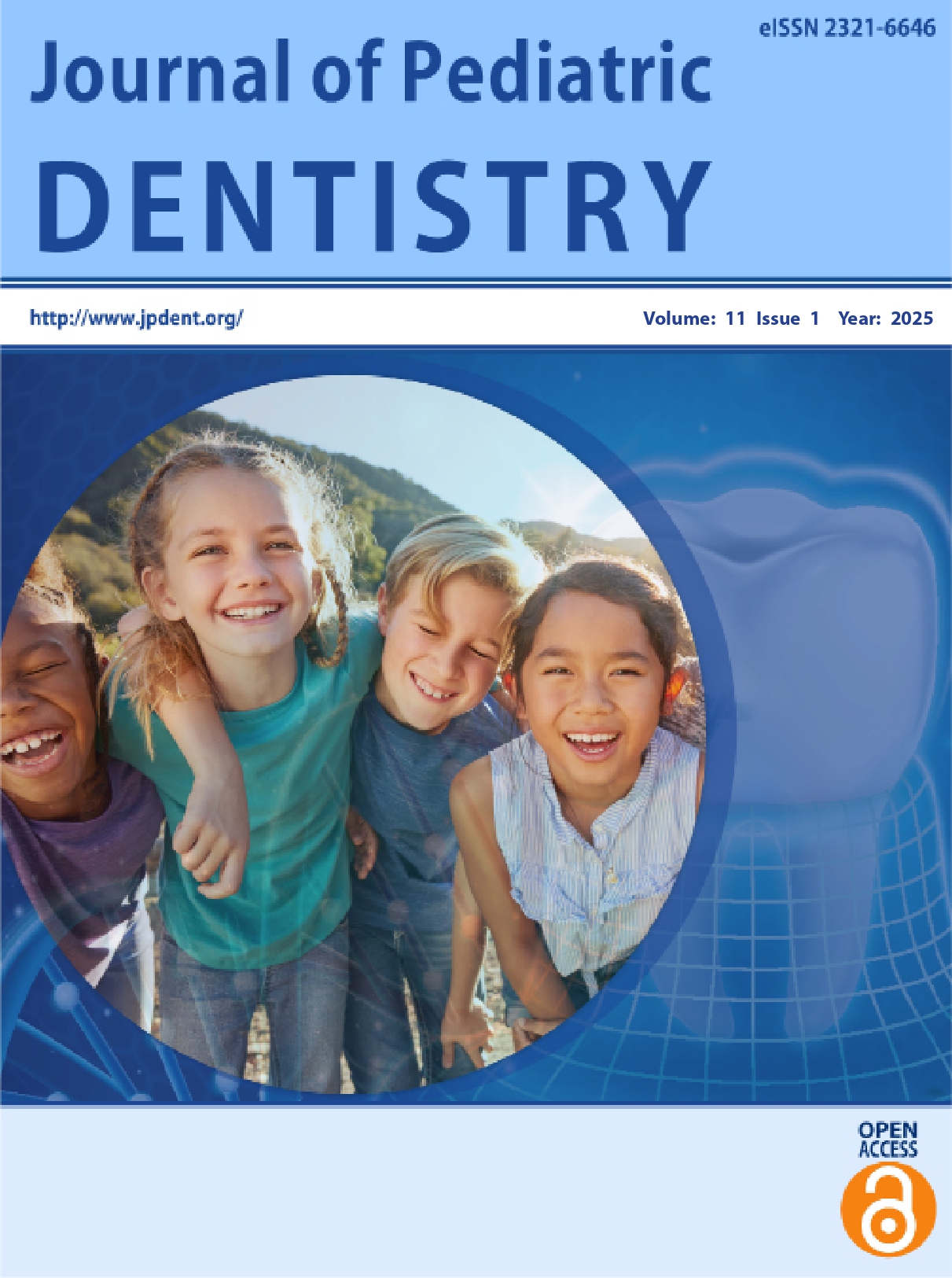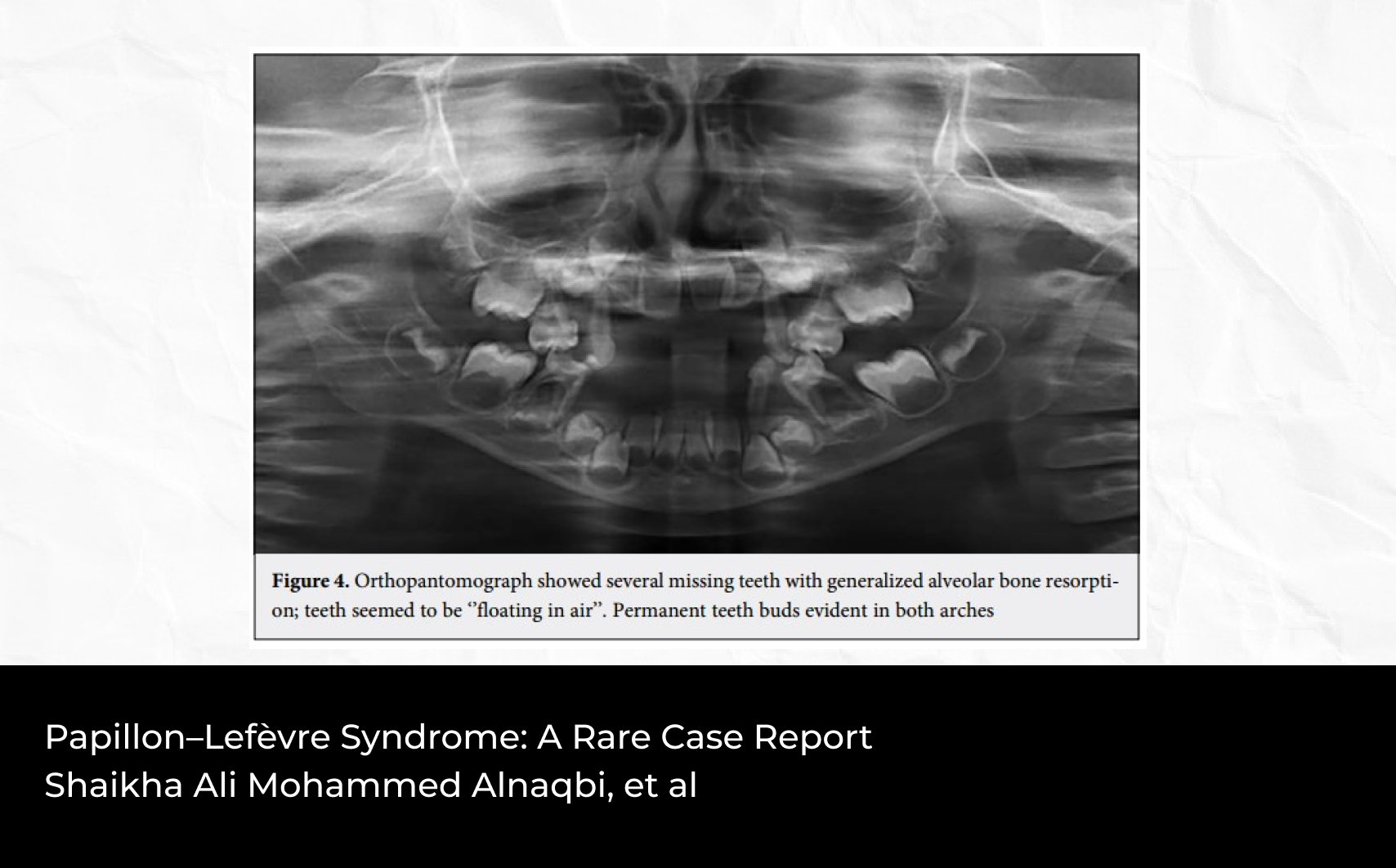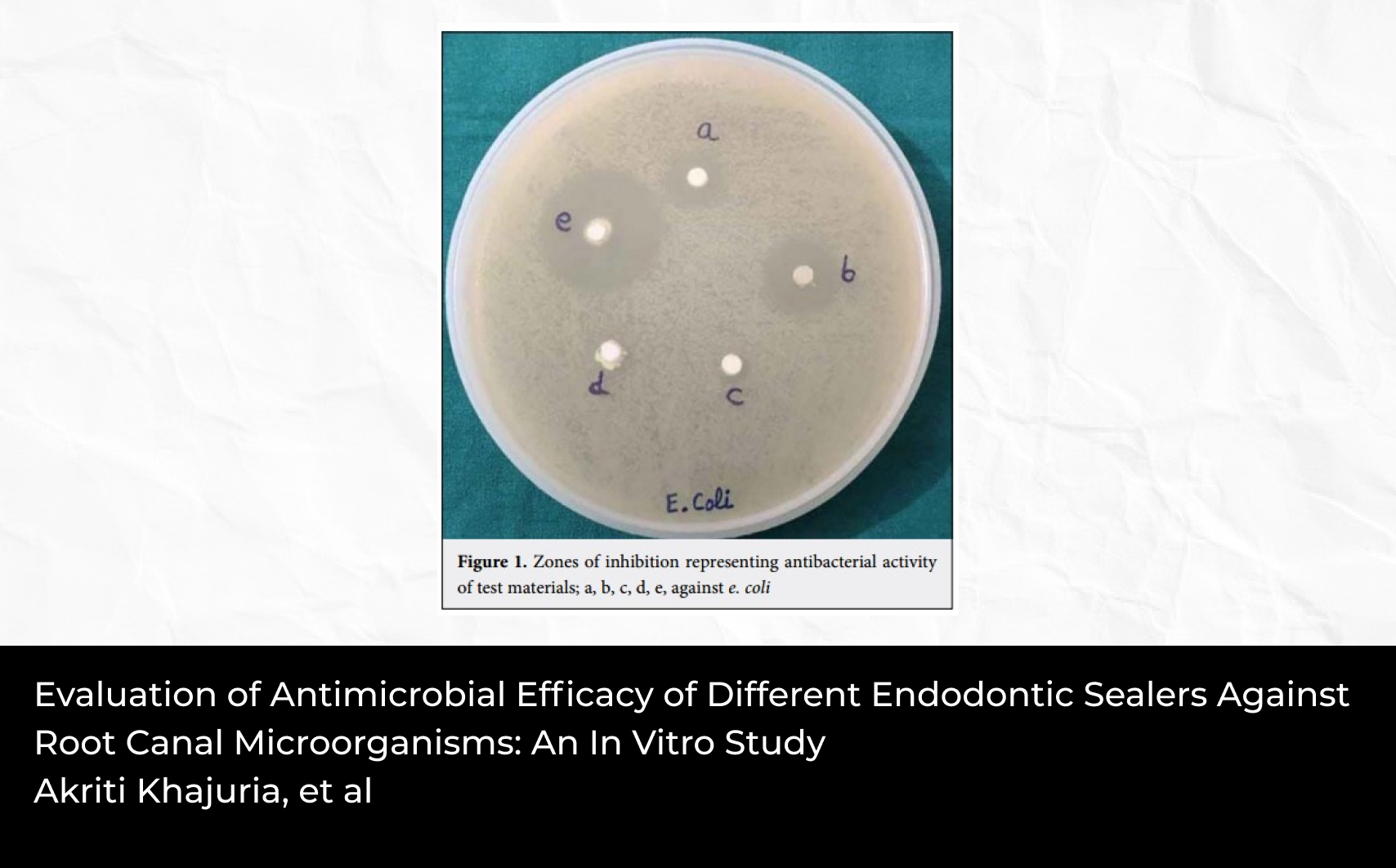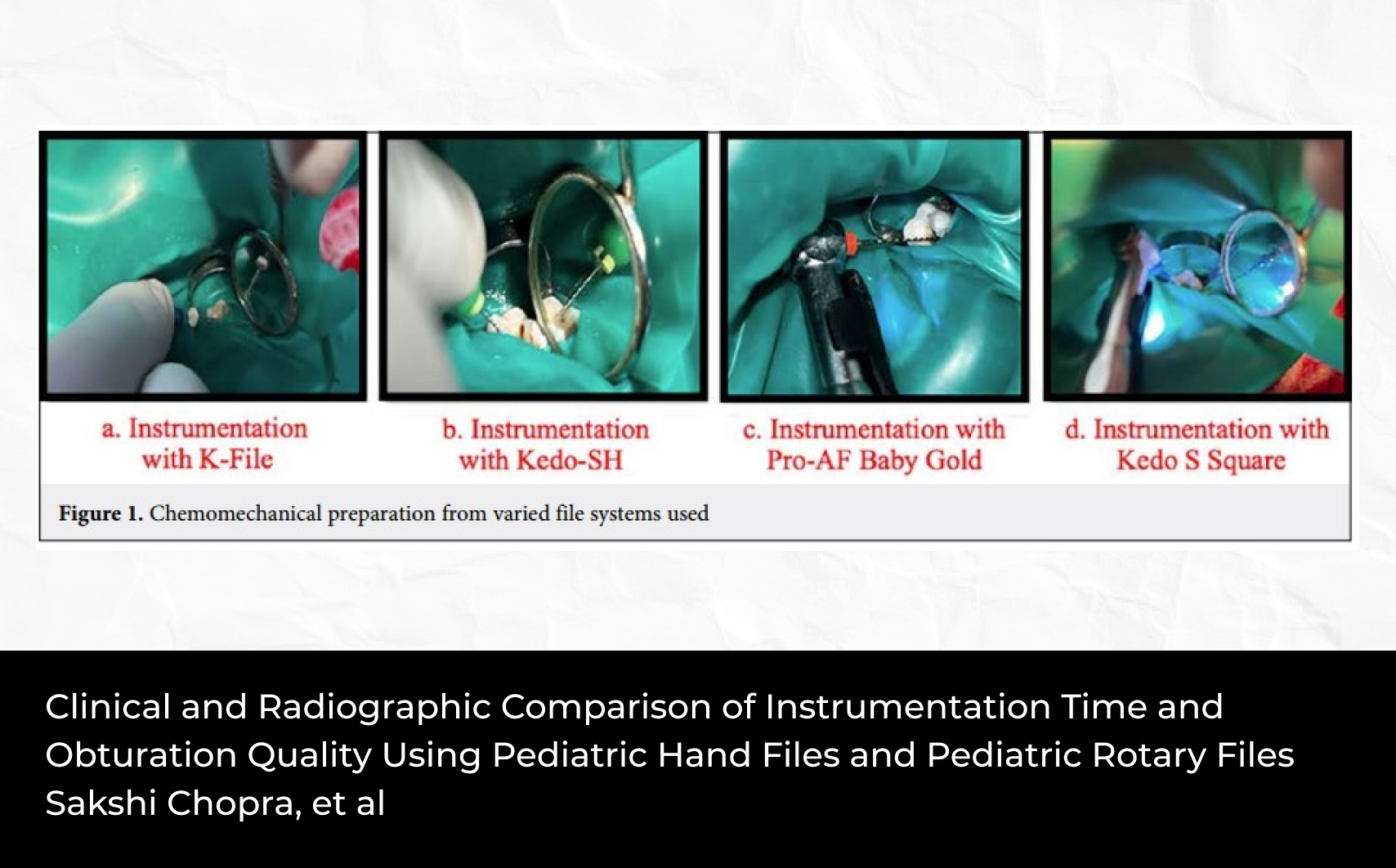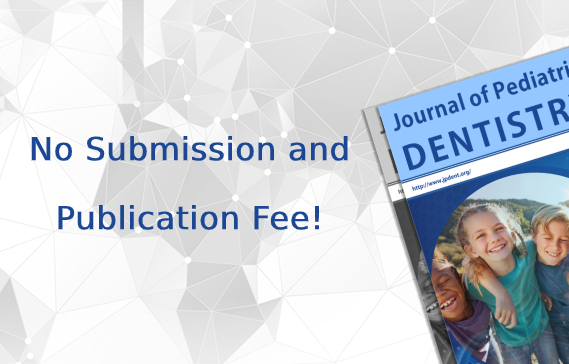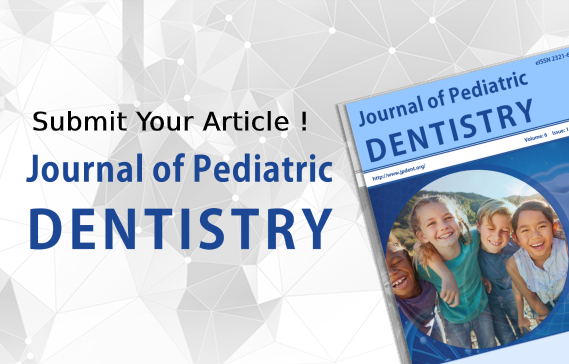2Department of Orthodontics, KGMC, Lucknow,
3Chandra Dental College, Safedabad, Barabanki, India.
Abstract
Tooth formation is widely used to assess dental maturity and predict the age of growing children. Skeletal age assessment by hand-wrist radiographs has been found to correlate significantly with the growth status of an individual, but has a known drawback in the form of extra radiograph and high dose of radiation exposure in comparison to periapical X-rays used commonly in dentistry. The purpose of this study was to assess the reliability of dental age and to find its comparison with chronological age. Dental maturity was studied from the intraoral periapical radiographs of 90 children aged 9-13 years in Lucknow population with 45 males (age range 10-13 years) and 45 females (age range 9-12 years), and the reliability of dental age estimation using Nolla′s method was investigated. The children were radiographed for intraoral periapical X-ray of right permanent maxillary and mandibular canines. Chronological age was obtained from the date of birth of the children. Correlation between the dental age and chronological age was analyzed using the paired t-test. Slightly higher mean was recorded in the estimated age (dental age) compared to actual age (chronological age). Females were more advanced in dental maturation than males. Chronological age showed inconsistent correlation with dental age. It was concluded that canine calcification stages can also be used for assessing skeletal maturity.

